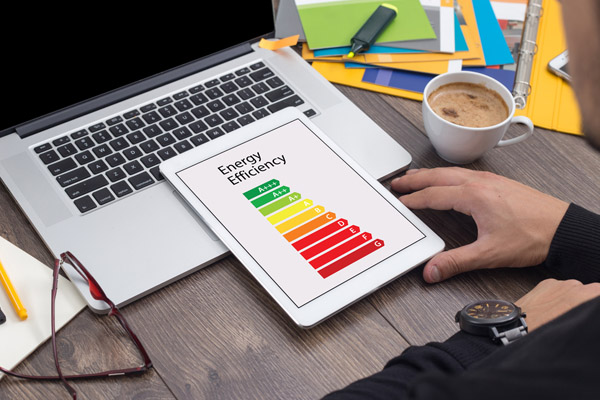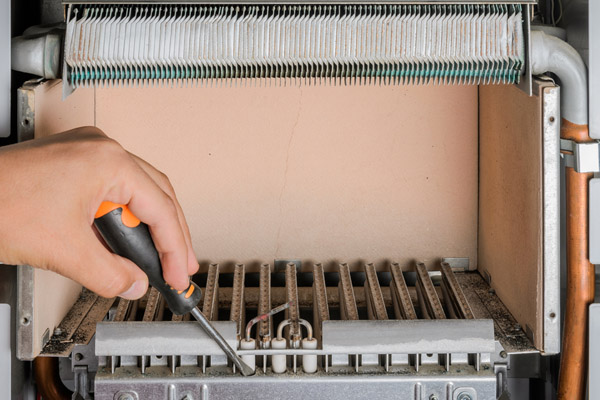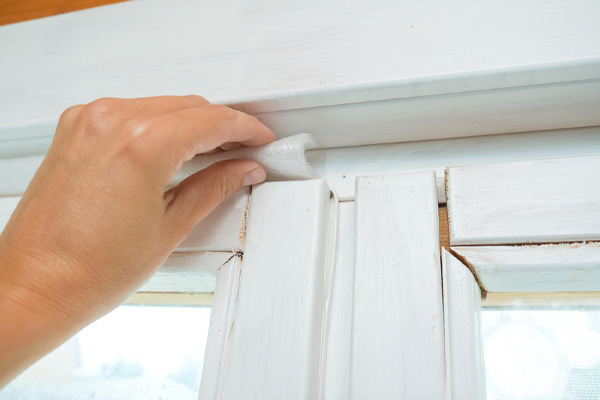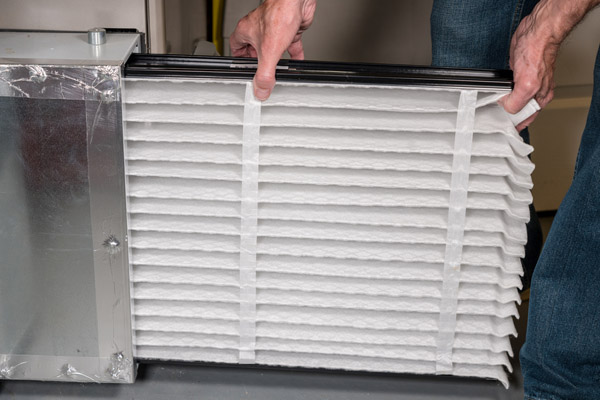When discussing environmentally friendly projects and goals, people often use carbon emissions as a measure for gauging their success. Carbon emissions refer to CO2 or carbon dioxide – the very same compound that animals emit through respiration. It is also the same compound that’s released into the atmosphere by heating systems. Although this is a natural byproduct of producing heat, continuing to use a low-efficiency heating system can be more harmful than good. It will cost you far more in the years ahead due to the need for repairs and eventual replacement. The good news is that you can switch to an energy efficient heating system to get optimum levels of comfort and assured security and safety.
How High-Efficiency Heating Systems Reduce Carbon Emissions

Your home heating system is a significant contributor to elevated levels of carbon gases within the atmosphere. To do your part in lowering these transmissions, your best choice is to have a furnace or boiler installed in your home that has a high-efficiency rating. For home heating systems, efficiency is measured in annual fuel utilization efficiency or AFUE. AFUE is a measurement of how well heaters are able to convert fuel energy into heat over a period of 12 years.
AFUE additionally reflects the heat output of a system in relation to the amount of fuel it uses as a ratio. Heating systems with higher AFUE ratings are more efficient than those with lower ratings. For instance, a heater that has a 90 percent AFUE rating can use 90 percent of the fuel it consumes to produce heat. The other 10 percent escapes into the natural atmosphere via the chimney or vent.
Boilers and furnaces have the highest AFUE ratings across all heater types by far. Some of these units come with AFUE ratings as high as 95 to 98.5 percent. However, these system types have a higher price tag than do options that have lower AFUE ratings. Notwithstanding this fact, they still cost less to operate and are often the most economical choice over the long term.
How to Identify a High-Efficiency System
Many low-efficiency heating systems have AFUE ratings between 55 and 70 percent, and many of these also have a constant pilot light. These units additionally have heavy heat exchangers and a means for ensuring that combustible gases can flow safely.
AFUE ratings in moderately efficient models can range between 80 percent and 83 percent. Systems like these have electric ignition switches instead of pilot lights. Some also regulate the air and gas flow via exhaust fans.
In comparison, high-efficiency systems come with a sealed combustion component and condense flue gases with two heat exchangers that also help improve their efficiency.
Why Older Heaters Are Less Efficient Than New Ones

No matter how well-built a heater is, age will eventually catch up. Old systems gradually succumb to ongoing wear as the result of daily use. Even when a system is impeccably well-maintained, many of its components will become damaged or break and need to be repaired or replaced. Old systems don’t have the same level of technologies supporting their features and they don’t have designed to ensure increased efficiency like newer models do. The models of today are designed and produced for ensuring that they’re more effective at generating heat, and more efficient in fuel consumption when compared to systems produced several years or decades ago.
Curtailing Your Carbon Emissions
Once you have a high-efficiency heater in place, there are additional things that you can do to further curb your carbon footprint and lower your energy costs including:
Identifying and Sealing Off Air Leaks

Air leaks allow warm air to escape from the home while letting cold, outdoor air come in. Windows, cracks, holes, doors, and joints are among some of the most common spots for air leaks. Another issue is insufficient insulation and this should be taken care of now, before winter rolls in. More often than not, issues with air leaks have simple solutions, and the sooner that they’re identified and taken care of, the quicker they can be fixed.
Have a Programmable Thermostat Involved
You can better control your indoor temperature with a programmable thermostat. The settings can be programmed to ensure optimum efficiency when you want superior comfort and where you want it. For instance, you have the ability to program your heating system to reduce indoor temperatures when you’re set to leave, and to raise indoor temperatures just before you return. You even have the ability to set the system to shut off automatically or to continue running when you aren’t present.
Regularly Replace Your HVAC Air Filter

When HVAC air filters are clogged, HVAC systems cannot operate efficiently. Tiny particulates that are floating through the indoor air are collected by these filters. After a month or more has passed, enough particulates are accumulated that warm air is no longer able to move through them. You may have noticed that having a dirty air filter makes your heating system less efficient. Clean the filter or replace it on a routine basis to keep your heating equipment in top shape.
Set the Thermostat Lower in Winter
This might seem counterproductive but lowering the indoor temperature by several degrees in the winter can do a lot to curb energy consumption and keep your heating system in great condition given that this will limit the amount of work your heating equipment has to do. Just layer on more clothing to stay warm and comfortable indoors during the winter.
Conclusion
It’s an undeniable fact that we have to learn how to carefully and responsibly use our energy resources. The actions that we take now are guaranteed to have future repercussions. By opting for a high-efficiency heater, we can limit our contribution to environmental pollution, promote a healthier and far cleaner environment, and save money over the long term. It’s a win-win situation for everyone.
Tevis Energy’s sister company, Modern Comfort, performs HVAC installations, replacements, tune-ups, and more. Our technicians can provide you with expert HVAC services to ensure that your system provides you with the comfort and efficiency you deserve. Call now to schedule an appointment.
Call Tevis Energy For All Of Your HVAC Requirements

Central Maryland and southern Pennsylvania residents can trust Tevis Energy to consistently provide first-rate HVAC services. You can trust our certified and highly experienced technicians to supply affordable and reliable HVAC repair services, maintenance services, and more. Each tech on our team is knowledgeable and can help you reach your home heating and efficiency goals.
Our rates at Tevis Energy are the most competitive in the region. You can schedule an appointment for maintenance services with us to get improved home comfort, lower home energy bills, and greater efficiency. If you’re ready to switch to a high-efficiency heater, get in touch with us and we’ll help you find the best options for your home and budget. We always provide a solid satisfaction guarantee. To set your appointment for service, call Tevis Energy now. We’ll give you an on-site estimate at no charge.
You can click here to contact us now or call us at (410) 876-6800 to find out more!
